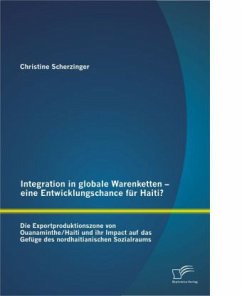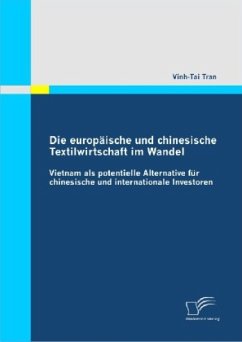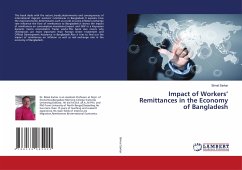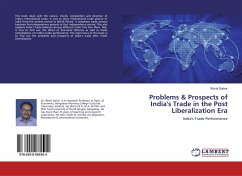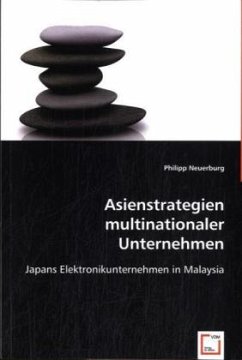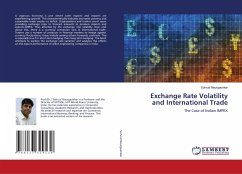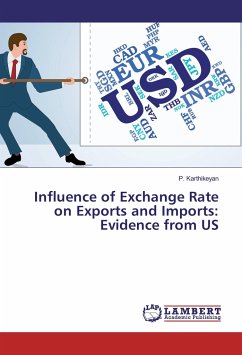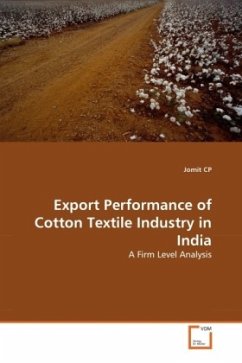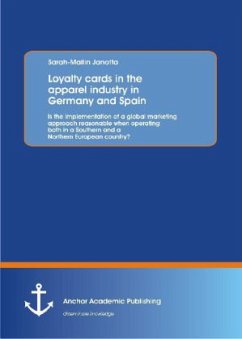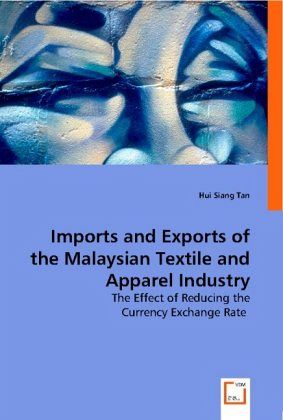
Imports and Exports of the Malaysian Textile and Apparel Industry
The Effect of Reducing the Currency Exchange Rate
Versandkostenfrei!
Versandfertig in 6-10 Tagen
32,99 €
inkl. MwSt.

PAYBACK Punkte
16 °P sammeln!
Malaysia is a developing country. Exports have become a major source of income contributing to Malaysia''s economy. In 1999, the textiles and apparel industry was ranked among the top three Malaysian export businesses. After the East Asian Financial crisis in 1998, to stabilize its economy, Malaysia''s government pegged its currency. There was a significant increase in the total amount of Malaysian textile and apparel exports from $1.3 (USD) billion in 1991 to $2.1 (USD) billion in 1998. In this book, the author investigates the relationship between currency exchange rates and the imports and ...
Malaysia is a developing country. Exports have become a major source of income contributing to Malaysia''s economy. In 1999, the textiles and apparel industry was ranked among the top three Malaysian export businesses. After the East Asian Financial crisis in 1998, to stabilize its economy, Malaysia''s government pegged its currency. There was a significant increase in the total amount of Malaysian textile and apparel exports from $1.3 (USD) billion in 1991 to $2.1 (USD) billion in 1998. In this book, the author investigates the relationship between currency exchange rates and the imports and exports of the Malaysian textiles and apparel industry over a fifteen-year period. The data show the correlations between currency exchange rate and the imports and exports of the Malaysian textiles and apparel industry. A comparison was performed on the imports and exports of the textile and apparel industry before and after the exchange rate increase in 1998. The book is addressed to professionals in industrial economics and researchers in academia.



